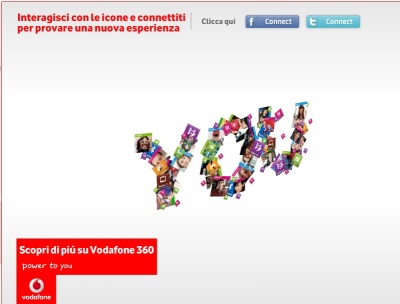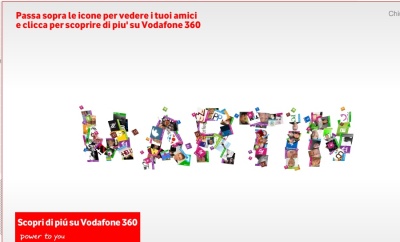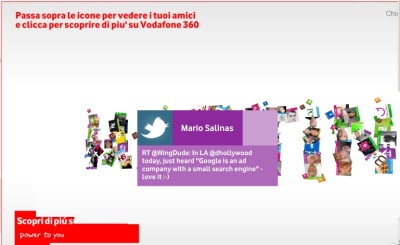Augmented Reality – the future of customer service?
The customer service world around us is changing with the social web, new technologies, and especially mobile apps. The question is how much this is effecting our perspective of the real offline world around us. A new technology is evolving that is beginning to connect the offline and the virtual world from a customer perspective as it will offer some new form of customer service. The term is Augmented Reality (AR).
It is a technology that brings your visual experience and information from the web or networks together, and by doing this enriches daily situations with relevant data from the web – and in more and more cases the information provided will come from the user.
The competition for users and companies has already begun. We have augmented reality browsers like Layar, explaining us instantly which famous buildings are surrounding us. Or, another AR browser named Wikitude that starts to become one of the most-wanted AR browser apps (not only for iPhone users) and gets nominated for one award after another. With wikitude.me shops and service providers of all sorts can already use this cool service to make themselves visible in the offline world by geo-tagging their office or location with simple online entries. If somebody is new in a city, this person can find a laundry or the next wine shop much easier in the future – just by using an AR browser app.
There are products like T-shirts projecting interactive games with AR. Digital cosmetic mirrors where women in cosmetic shops can see in real-time what a new eye-liner or make-up is looking good at them without testing it in reality. Adidas will launch a series of shoes, each printed with an AR code on the tongue which give you access to an interactive game that changes on a montly basis. Is this the customer service of the future?
Now, just imagine what this technology could do for customer service in the future. Wouldn’t it be a positive effect when we get immediate feedback on health information about the food and drinks we consume?
The following short film, called Augmented (Hyper)Reality, shows us a world some time ahead, where augmented reality is part of our daily offline life. We see what the actor sees, from his own perspective, and get to know the oppotunities that AR might offer to our daily life. OK, if we agree to getting networked completely…
The interesting acknowledgement for companies will be the advertising part of the film – although in some way it might be shocking…
Spot On!
The complete overkill seems to be the massive sea of logos flooding our sight in the beginning. Although the above examples might seem an exaggerated view of a futuristic branding scenario, it gives some idea on how the world might change customer care in the future. And you never know if this will be really happening, or not. Today, this all might sound strange to us but just think about how common the use of artifical medical help is for us, or how often we use the navigation system in cars today.
And then, think about the options when combining location based advertising with augmented reality. This opens a complete new world of customer care…
Don’t you think?



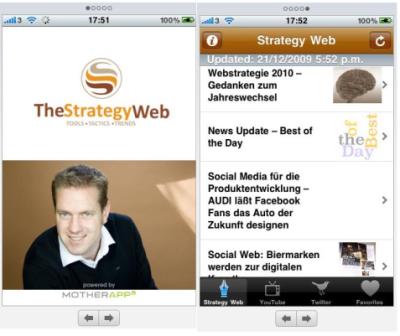
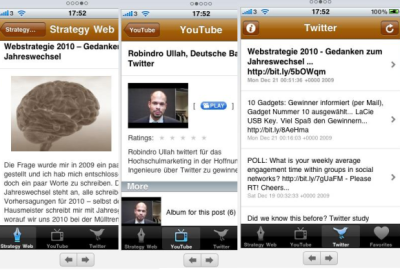
 Let your kids do social networking! Why? Parents might argue that social networking could “harm” their childrens education performance. A
Let your kids do social networking! Why? Parents might argue that social networking could “harm” their childrens education performance. A  Talking about new trends on the social web, marketers always love the point of view when brands are involved. They love to negotiate, as I call it, on the “cost per engagement (cpe)” level. Businesses and their communication suppliers always try to get customers engaged in brands. Some years ago, this was difficult. Now, it seems easy. And this topic becomes even more relevant for future marketing strategies when you think about today’s engagement economy.
Talking about new trends on the social web, marketers always love the point of view when brands are involved. They love to negotiate, as I call it, on the “cost per engagement (cpe)” level. Businesses and their communication suppliers always try to get customers engaged in brands. Some years ago, this was difficult. Now, it seems easy. And this topic becomes even more relevant for future marketing strategies when you think about today’s engagement economy. In my view, a major part of the explanation to this phenomenon lies in the evolutionary process of the engagement economy and their brand commitment when people even want to become
In my view, a major part of the explanation to this phenomenon lies in the evolutionary process of the engagement economy and their brand commitment when people even want to become  Facing the pure intention of social media versus advertising, we have to admit that we are talking about an antithesis – no matter if you can book advertising on a social networks or not. Social Media is conversations while advertising is the monologue from company to customer. And in between lies some undefined (or shall we say unqualified) customer dialogue that we have been through for years of online advertising.
Facing the pure intention of social media versus advertising, we have to admit that we are talking about an antithesis – no matter if you can book advertising on a social networks or not. Social Media is conversations while advertising is the monologue from company to customer. And in between lies some undefined (or shall we say unqualified) customer dialogue that we have been through for years of online advertising.